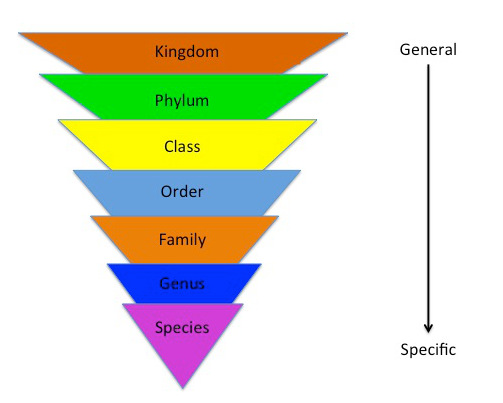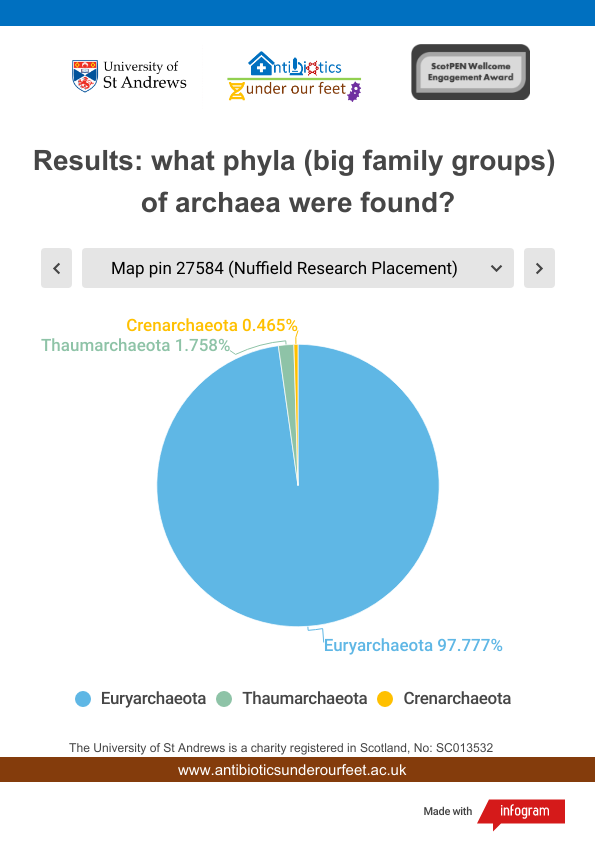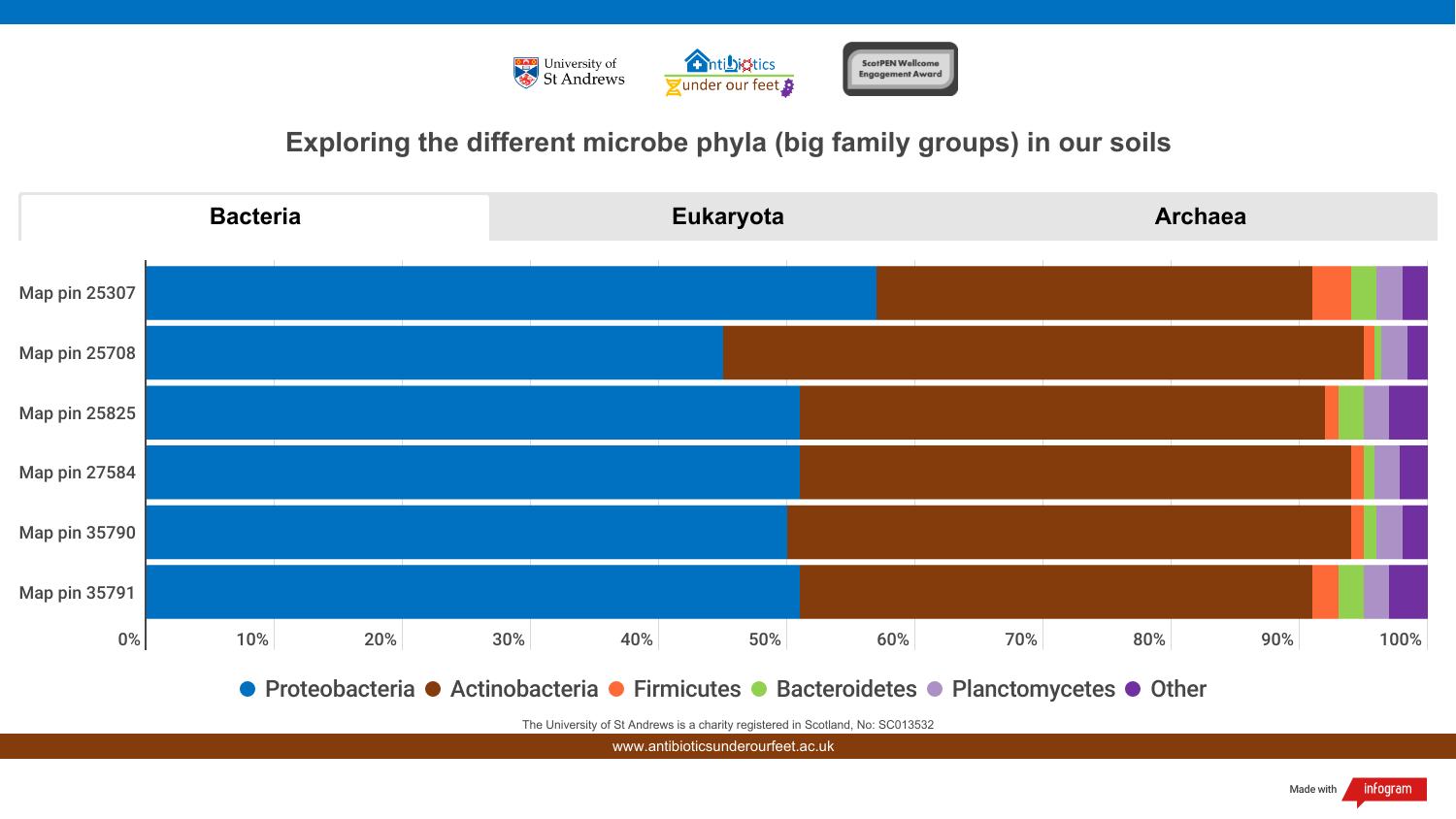Scientists use a system of biological classification to describe living things by putting them into groups based on features that they share. Microbes can be divided into groups by looking similarities and differences between them.
There are many levels in the classification system, and each group is divided into smaller groups until we have worked our way down from “kingdom” level to individual “species” level.

We sent six of your soil samples for “next-generation” DNA sequencing to find out more about the microbes in your soil. Each fragment or small section of DNA found is called a “read”. Low quality reads are removed before the samples are further processed.
Bioinformatics in an exciting area where biology meets computer science! The sequencing data was analysed using a computer algorithms and other software tools. Together, these give us information about how many DNA reads were found for each microbe kingdom – Archaea, Bacteria, Protozoa (Eukaryota), Fungi, Viruses. The table below shows what we found:

We started at the top looking at the different microbe kingdoms, and how many fragments of DNA were found from microbes in each kingdom in your soil samples. Now we are digging deeper into the bacteria kingdom with our results. We are now investigating our results at the “phylum” level.
Explore the percentage of bacteria found in the top 5 “phyla” (big family groups) in each soil sample shown in the pie-charts below. Thank you to one of our Nuffield Research Placement students, Daria, for updating our results!
The pie-charts have their slices going in order from largest to smallest. The same colours are used for each phylum.






More information about bacteria phyla is given in the links below thanks to our University of St Andrews STEP 2022 team of undergraduate students who have been writing and editing Simple Wikipedia articles for microbes relevant to our project.
Actinobacteria (Simple English Wikipedia, the free encyclopedia)
Acidobacteria (Simple English Wikipedia, the free encyclopedia)
Planctomycetota (Simple English Wikipedia, the free encyclopedia)
Bacteroidetes (Simple English Wikipedia, the free encyclopedia)
Verrucomicrobiota (Simple English Wikipedia, the free encyclopedia)
Firmicutes (Simple English Wikipedia, the free encyclopedia)
We’ve had a look into the bacteria kingdom. Daria has been finding out about the top five phyla in another kingdom – Eukaryota.
Explore the percentage of Eukaryota found in the top 5 “phyla” (big family groups) in each soil sample shown in the pie-charts below. The same colours are used for each eukaryote phylum.






Daria has also been finding out about the phyla in another kingdom – Archaea. Explore the percentage of Archaea found in each “phyla” (big family groups) in each soil sample shown in the pie-charts below. The same colours are used for each Archaea phylum.






Putting all of the results for the different microbe kingdoms together as a bar chart showing the percentage of the top phyla, this is what Daria found:



